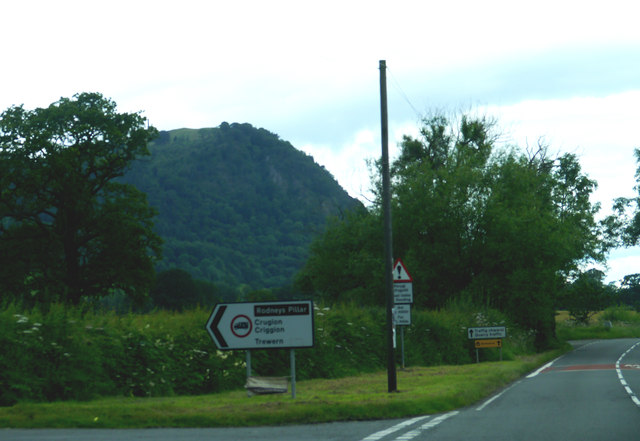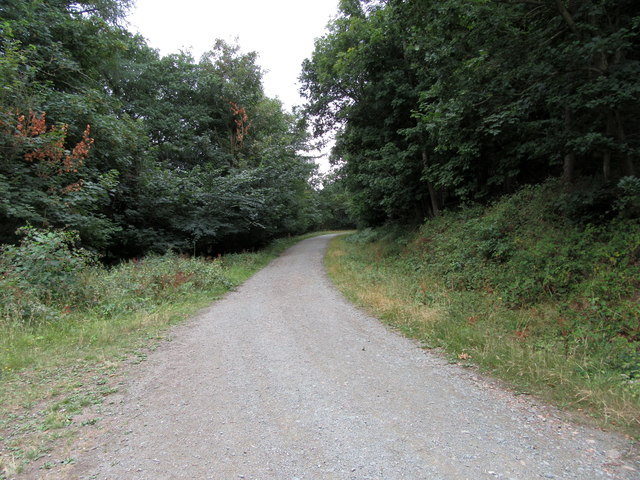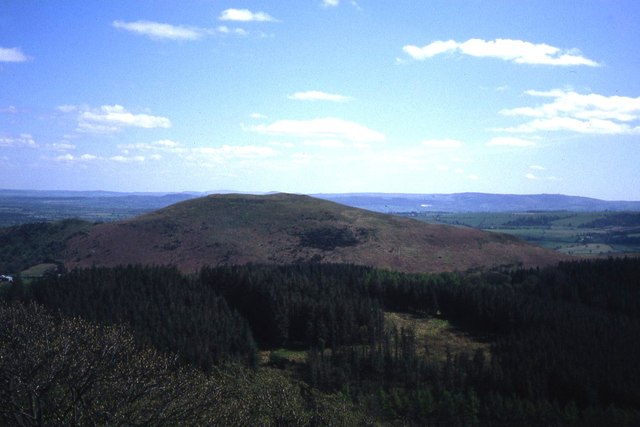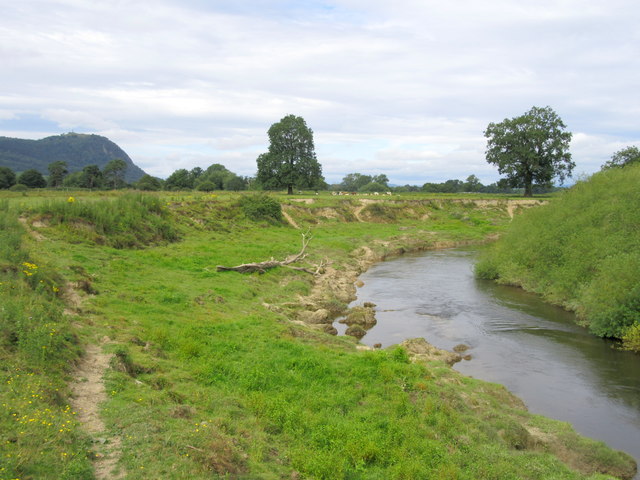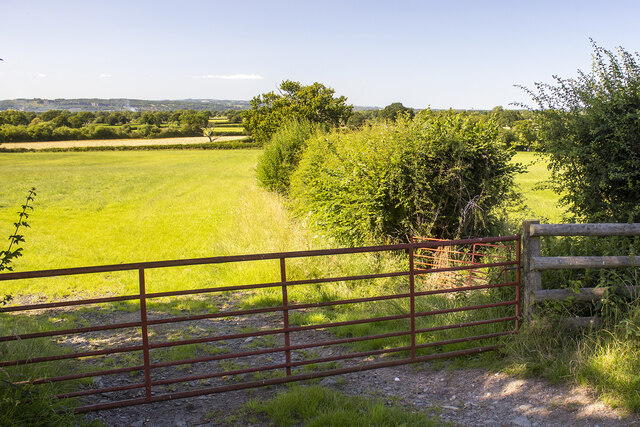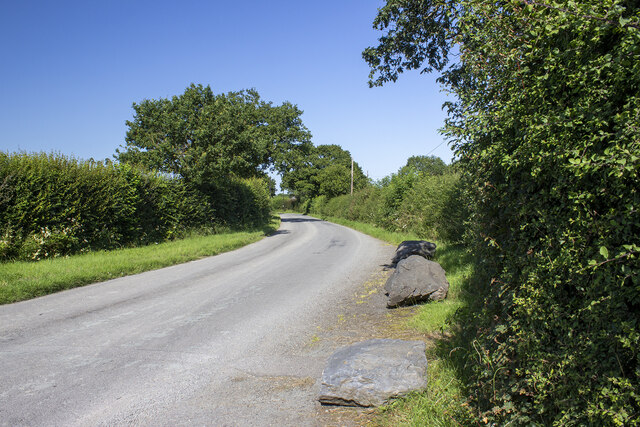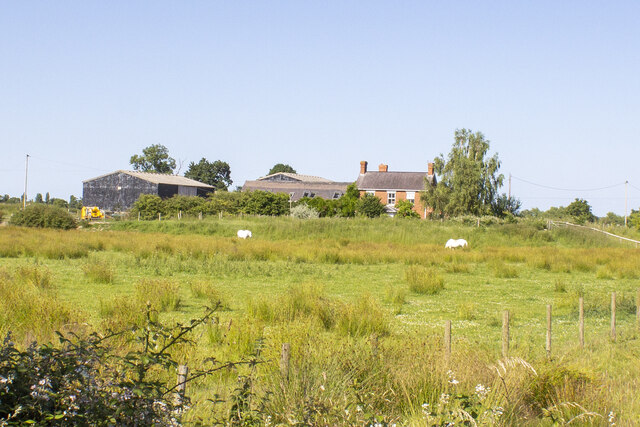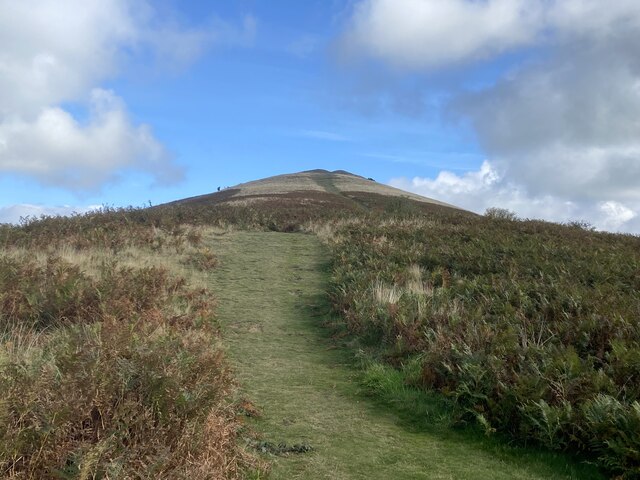Newtown
Settlement in Montgomeryshire
Wales
Newtown
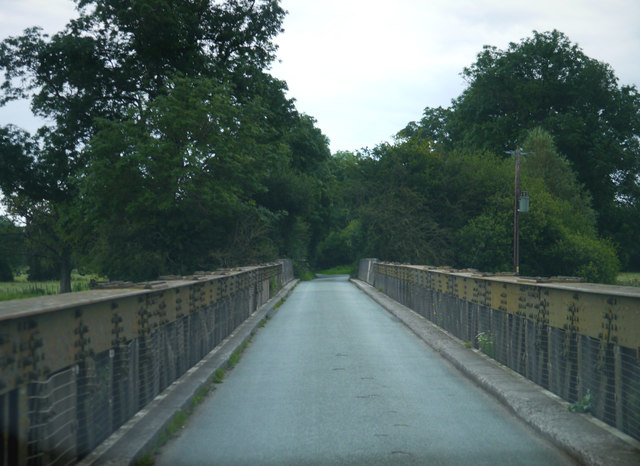
Newtown is a small town located in the county of Montgomeryshire, Wales. Situated on the banks of the River Severn, it lies approximately 3 miles southwest of the larger town of Llanidloes. Newtown has a population of around 12,783 residents, making it the largest town in Montgomeryshire.
The town has a rich history, dating back to the 13th century when it was founded by the Norman Lord, Robert de Bellême. Newtown quickly grew in importance due to its strategic location on the trade routes between North Wales and the Midlands. The arrival of the railway in the 19th century further boosted the town's development, leading to the establishment of industries such as textiles, flannel, and leather.
Today, Newtown is a vibrant town with a mix of modern amenities and historical charm. The town center boasts a variety of shops, cafes, and restaurants, providing residents and visitors with a range of options for dining and shopping. The town also has several schools, a library, and a leisure center, ensuring that the community's needs are well catered for.
Nature lovers are drawn to Newtown for its picturesque surroundings, with the nearby Cambrian Mountains offering scenic hiking and cycling trails, as well as opportunities for fishing and wildlife spotting. The town is also home to the Hafren Forest, which provides a tranquil escape for those seeking peace and tranquility.
Overall, Newtown is a charming town with a rich heritage, offering a mix of historical attractions, modern amenities, and stunning natural beauty.
If you have any feedback on the listing, please let us know in the comments section below.
Newtown Images
Images are sourced within 2km of 52.729396/-3.0214404 or Grid Reference SJ3115. Thanks to Geograph Open Source API. All images are credited.
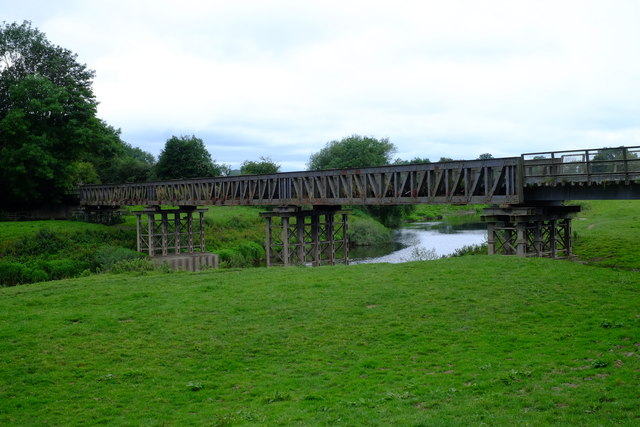
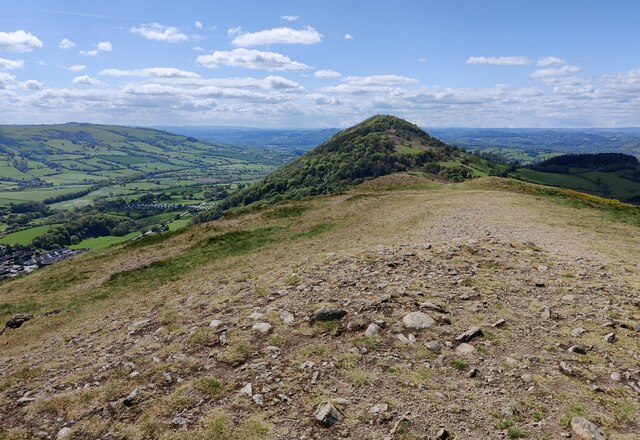
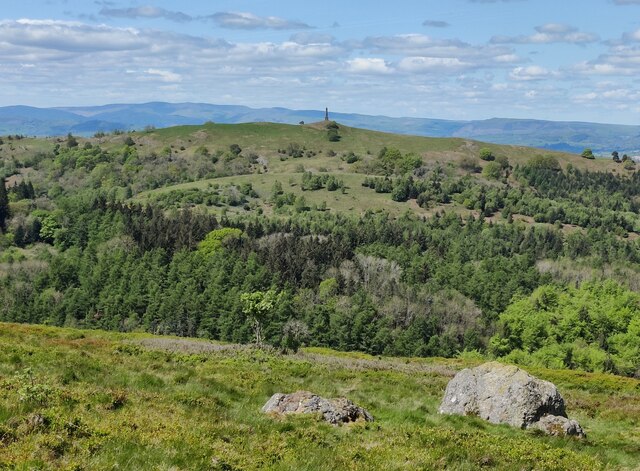
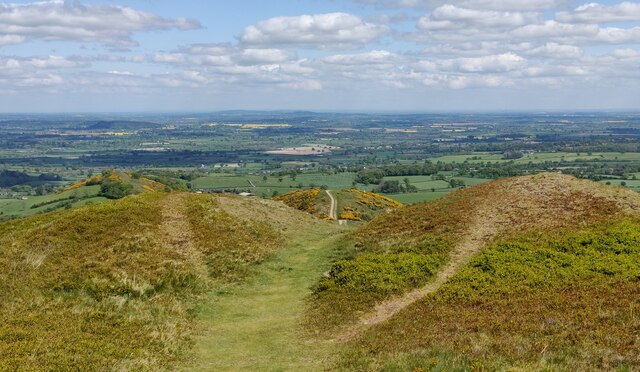
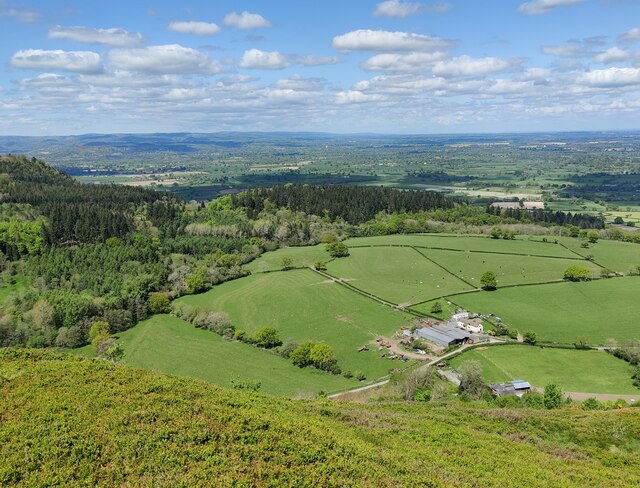
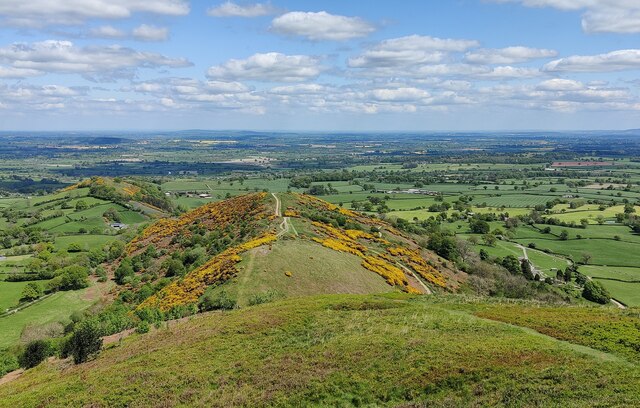
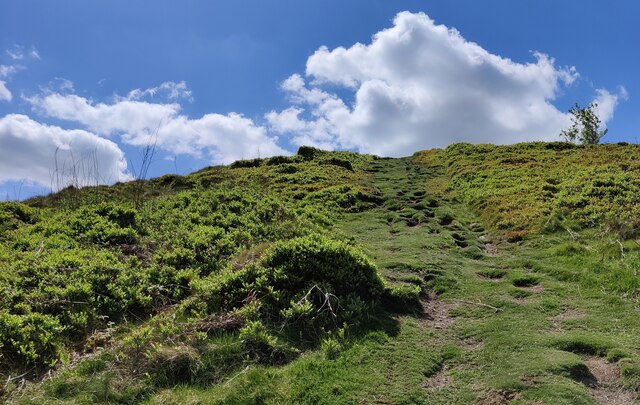
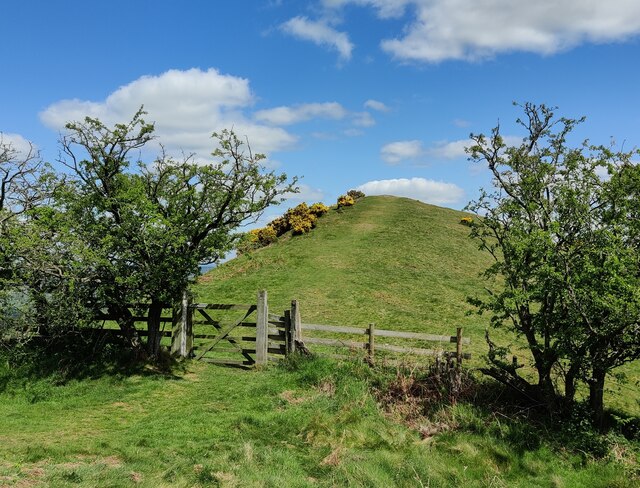
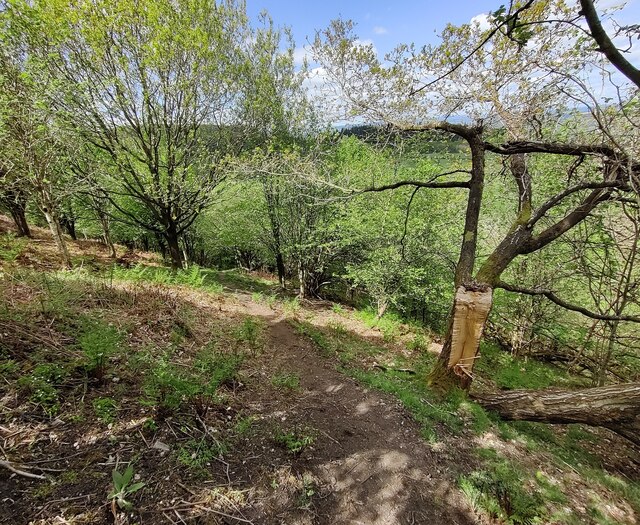
Newtown is located at Grid Ref: SJ3115 (Lat: 52.729396, Lng: -3.0214404)
Unitary Authority: Powys
Police Authority: Dyfed Powys
What 3 Words
///clever.troll.yawned. Near Four Crosses, Powys
Nearby Locations
Related Wikis
Bausley with Criggion
Bausley with Criggion is a community in Montgomeryshire, Powys, Wales, 87 miles (140 km) from Cardiff and 148 miles (238 km) from London. The Bausley and...
Llandrinio Road railway station
Llandrinio Road railway station was a station to the northeast of Criggion, Powys, Wales. The station opened in 1871 and closed in 1932. The station was...
Criggion railway station
Criggion railway station was a station in Criggion, Powys, Wales. The station opened in 1871 and closed in 1932. The station house now forms two private...
Crew Green railway station
Crew Green railway station was a station to the east of Criggion, Powys, Wales. The station opened in 1871 and closed in 1932. == References == == Further... ==
Admiral Rodney's Pillar
Admiral Rodney's Pillar (Welsh: Pilar Rodney) is a monument on Breidden Hill in Powys, Wales. It was built in 1781–82 to commemorate the naval victories...
Criggion
Criggion (Welsh: Crugion) is a village in Powys, Wales. Criggion Radio Station was located nearby. A branch of the now defunct Shropshire and Montgomeryshire...
River Vyrnwy
The River Vyrnwy (Welsh: Afon Efyrnwy, pronounced [ɛˈvərnʊɨ]) is a river which flows through northern Powys, Wales, and Shropshire, England. The name derives...
Llandrinio
Llandrinio is a small village and community in Montgomeryshire, Powys, Wales, close to the Wales-England border. It is situated on the B4393 road which...
Nearby Amenities
Located within 500m of 52.729396,-3.0214404Have you been to Newtown?
Leave your review of Newtown below (or comments, questions and feedback).
